
Case Studies in Art Therapy Outcomes: Real People, Real Change
Selected theme: Case Studies in Art Therapy Outcomes. Welcome to a space where brushstrokes become data points and stories become evidence. Explore vivid, ethical, and human-centered case studies that illuminate how art therapy transforms lives. Join us, comment with your observations, and subscribe for new case-driven insights every week.
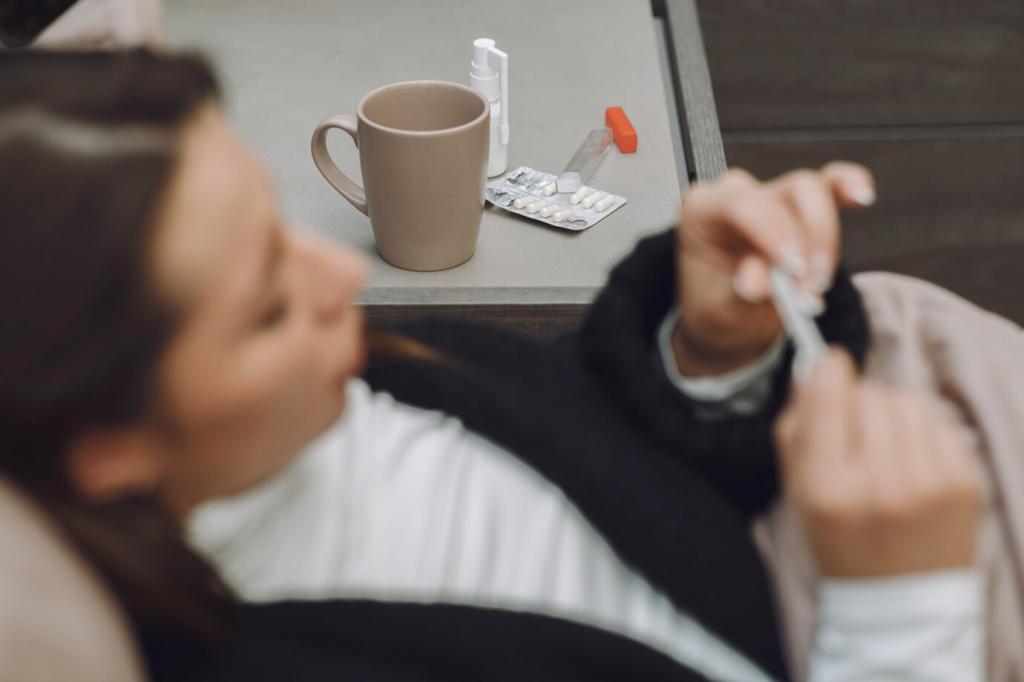
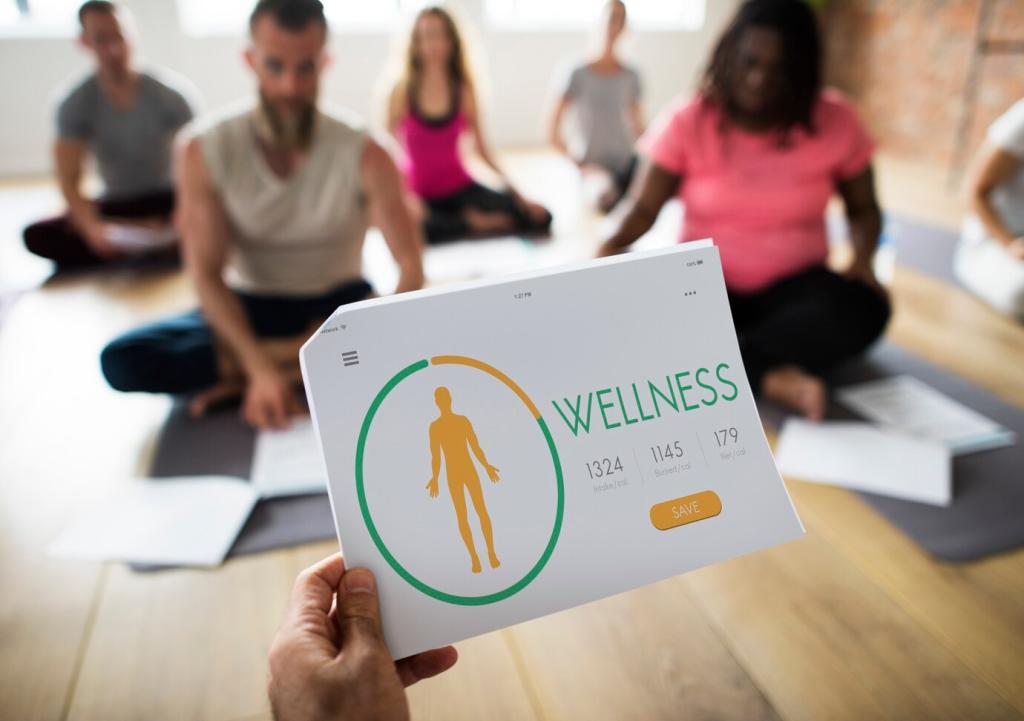
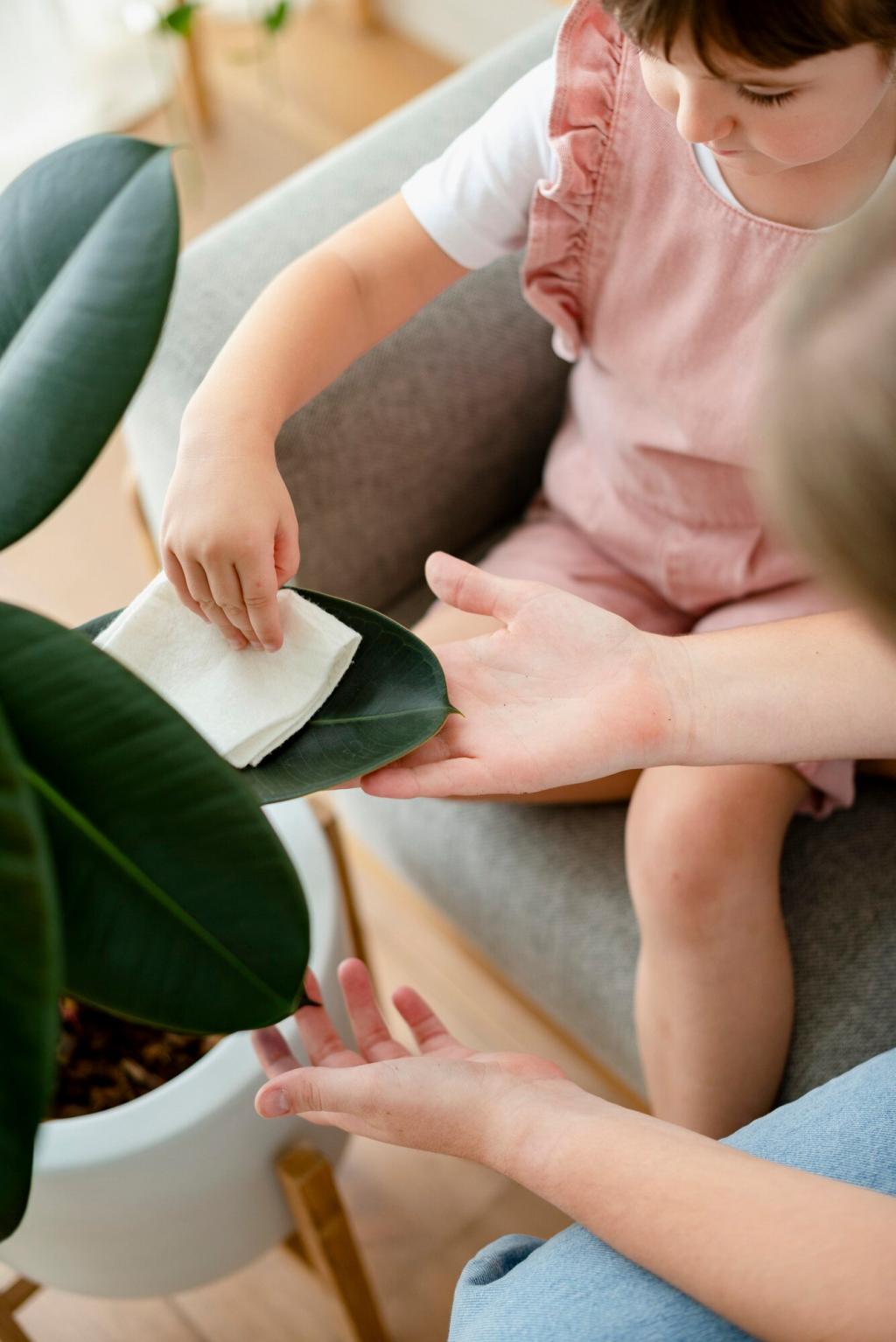
Case Study: Collage for Post-Traumatic Growth
Early sessions showed torn, contrasting textures and shadowed tones. The client described feeling scattered, underscored by elevated PCL-5 scores and sleep disruptions that echoed the fractured imagery covering each page.
Mid-treatment collages began to include arcs, bridges, and repeating motifs linking disparate pieces. Nightmares lessened, grounding skills improved, and standardized trauma scores declined alongside a warmer, more connected visual language.
By discharge, imagery emphasized continuity and horizon lines, mirroring expanded daily routines. Symptoms dropped to subclinical ranges, and the client reported rekindled curiosity—an outcome both numbers and images compellingly affirmed.

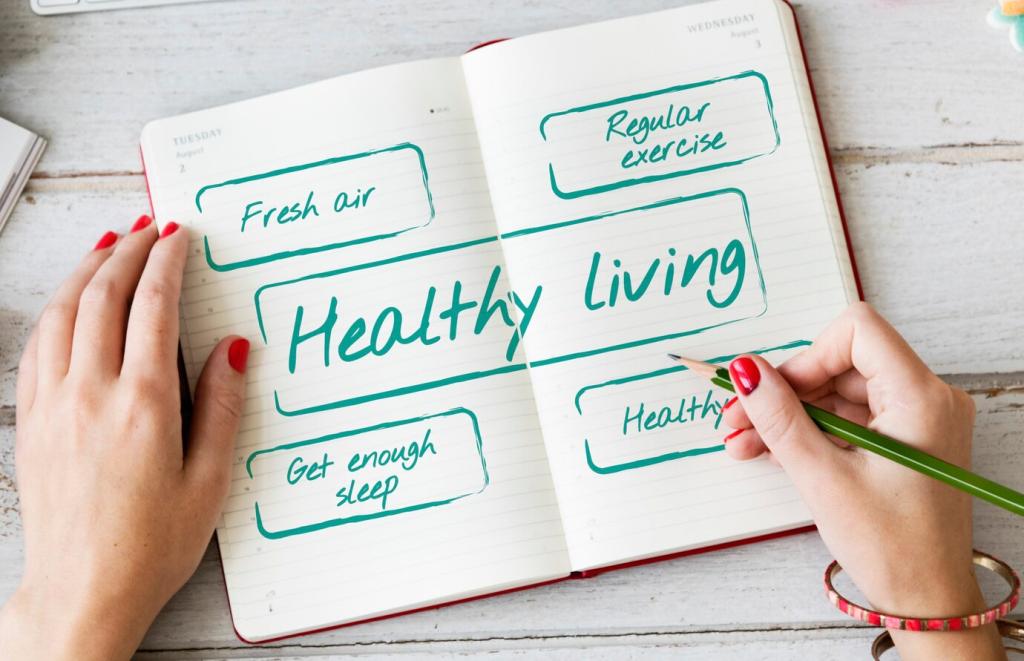
Measuring Outcomes Without Stifling Creativity
Pair tools like GAD-7, PHQ-9, or PCL-5 with low-burden check-ins. Schedule assessments at natural milestones, keeping sessions art-forward while still tracking shifts that matter to clients and care teams.
Measuring Outcomes Without Stifling Creativity
Track changes in color saturation, spatial organization, and symbol recurrence. Image-based markers, logged consistently, complement self-report scales, capturing subtle progress that standard questionnaires may easily overlook.
Ethics and Consent in Case Reporting
Change nonessential details, merge features into composites, and avoid unique identifiers. Store consent securely, and verify that visuals cannot inadvertently reveal client identity, location, or personal circumstances.
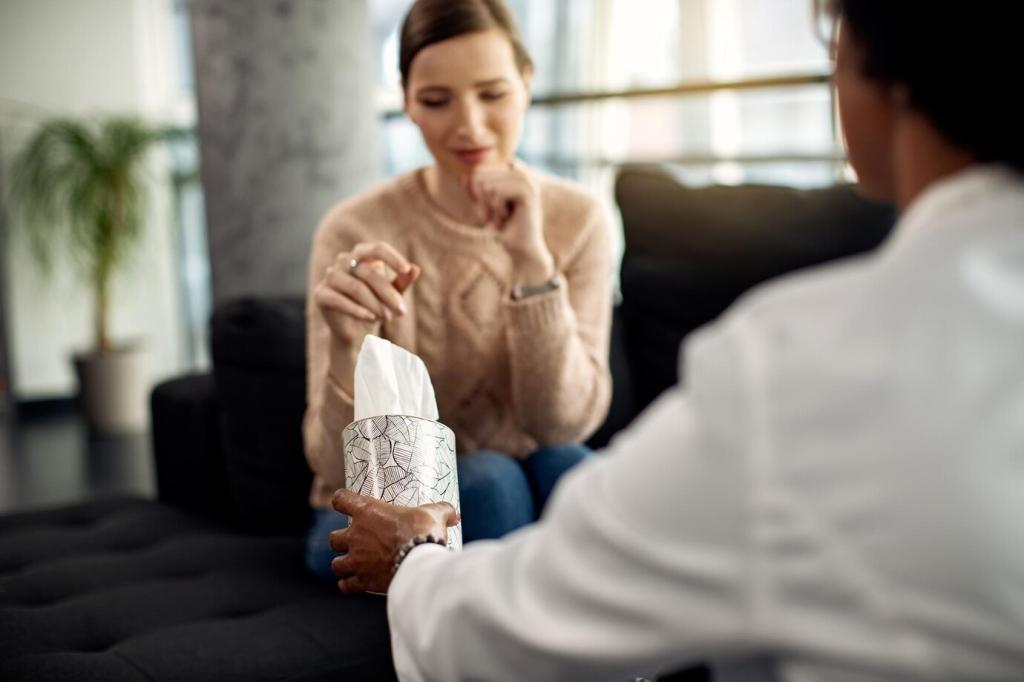

Alternating hand movements can support nervous system balance while surfacing narratives safely. Cases report reduced physiological arousal and clearer emotional labeling, echoed in stabilized sleep and calmer daily transitions.
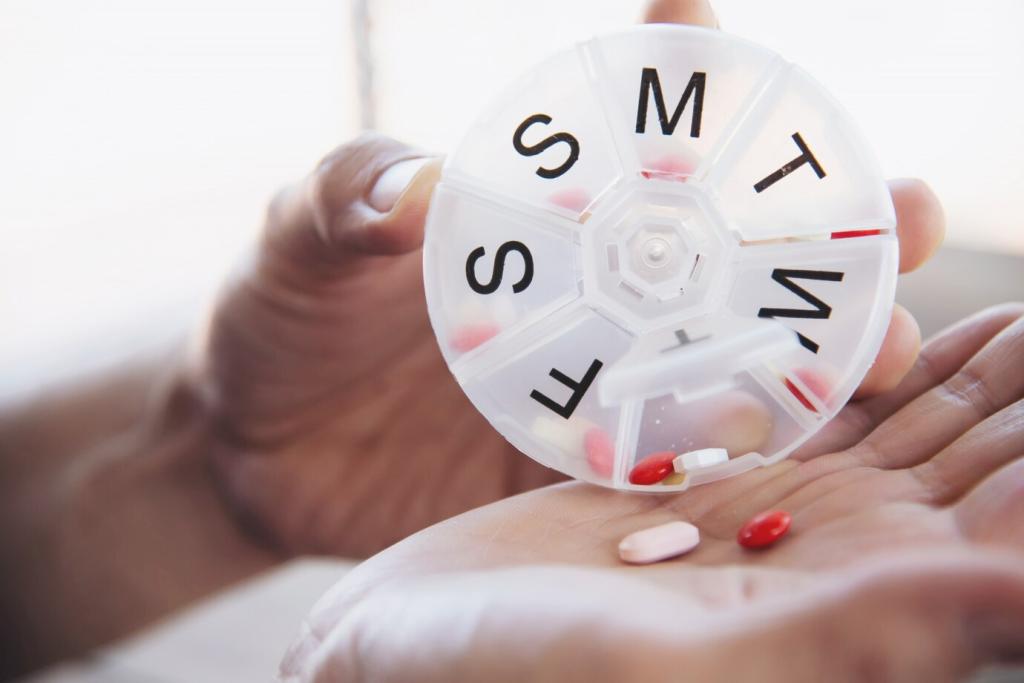
Circular formats encourage containment and exploration. Case outcomes often show improved focus and self-compassion, with imagery shifting from constricted forms to open, patterned structures reflecting growing coherence.
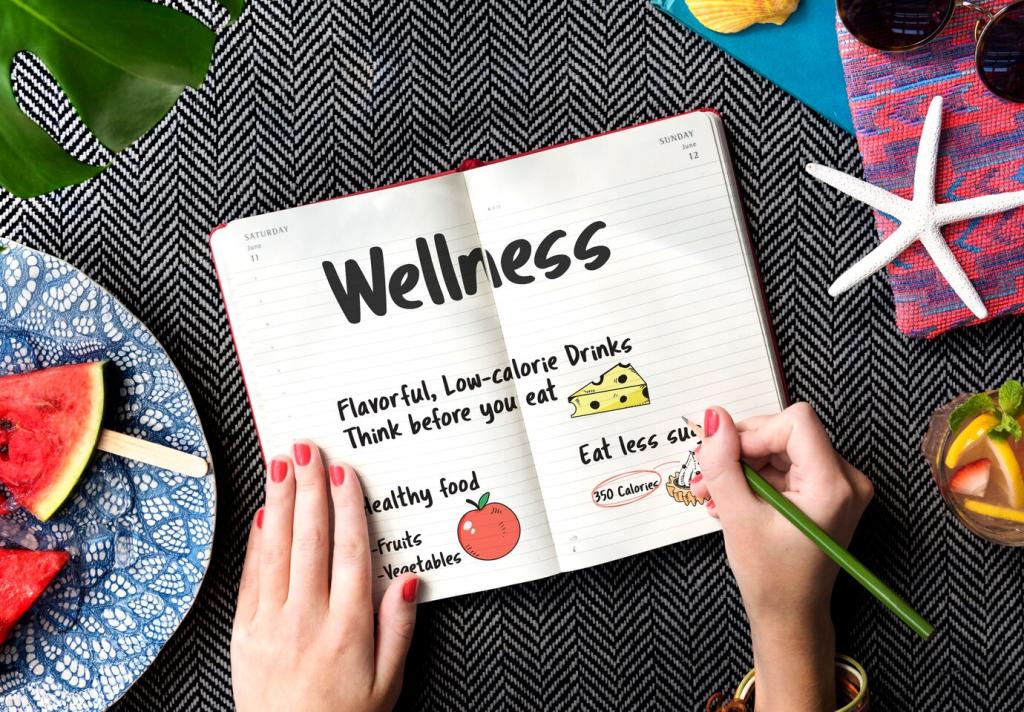
Tactile, responsive clay helps externalize tension and test boundaries. Clients describe grounded relief; case notes link texture choices and pressure patterns to improved body awareness and sustainable emotional release.
Outcomes Across Populations and Settings
Composite veteran cases show art reconciling moral injury and dislocation. Imagery progresses from hypervigilant angles to steadier horizons, alongside reduced trauma scores and strengthened relational engagement at home.

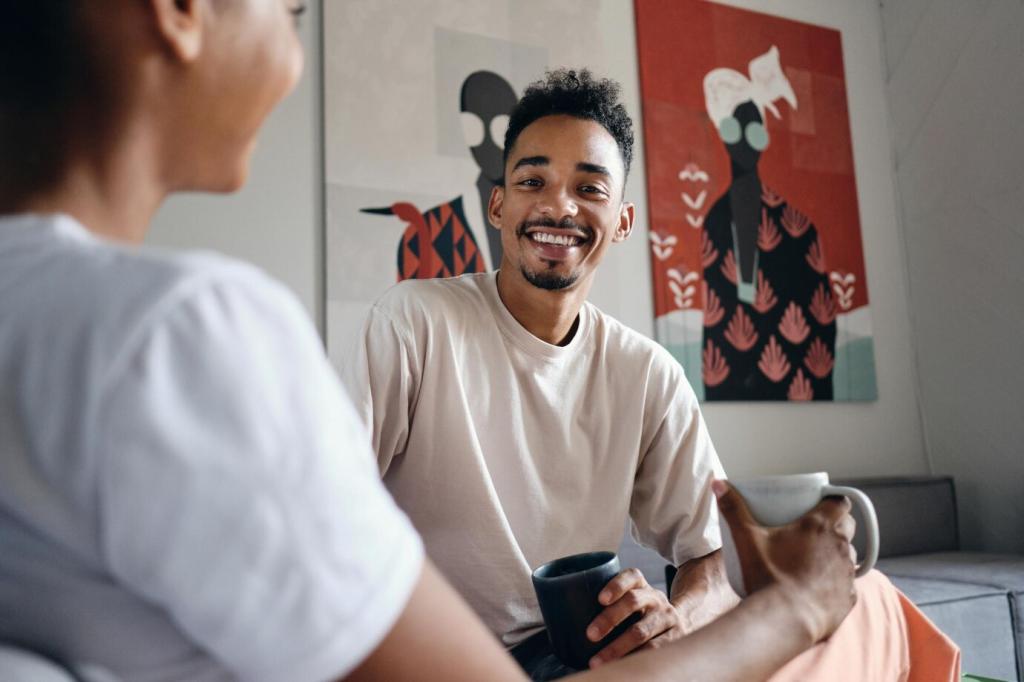
Outcomes Across Populations and Settings
Children’s cases frequently track improved emotional vocabulary and classroom behaviors. Drawings evolve from chaotic scribbles to intentional scenes, while caregiver ratings reflect better transitions and calmer bedtime routines.
Documenting Your Own Case Study
Design a Simple, Repeatable Protocol
Choose baseline, midpoint, and endpoint measures; set brief session reflections; and log material choices. Consistency builds trust in outcomes while leaving sessions spacious for genuine creative exploration.
Capture Images Responsibly
Photograph artwork with consent, neutral lighting, and a standardized background. Maintain secure file names and dates, and store captions that capture client meaning without revealing personal identifiers.
Share, Reflect, and Evolve
Summarize results, discuss limitations, and invite peer feedback. Comment with your case questions, and subscribe to access future templates, checklists, and prompts designed to strengthen outcome storytelling.
